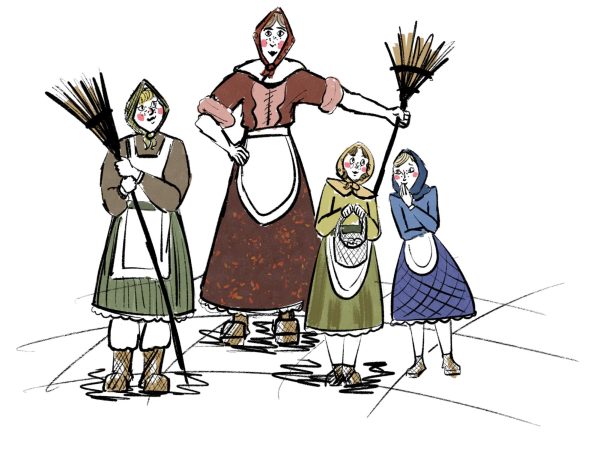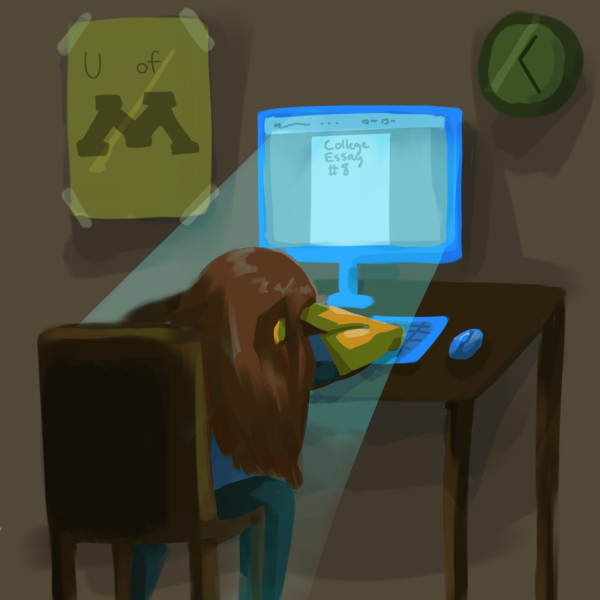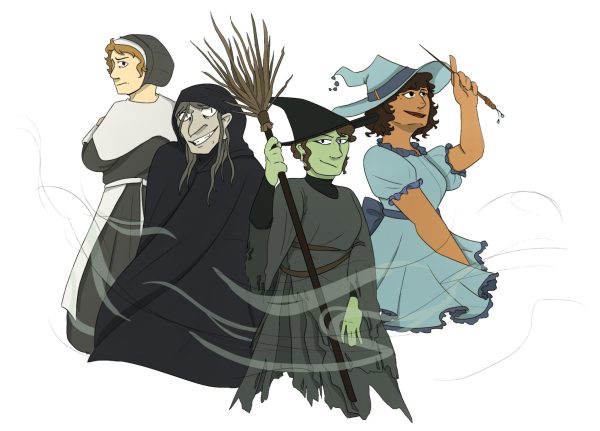Minnetonka’s Asian Student Union: A Space For Learning and Fellowship
December 20, 2019
Minnetonka High School, being one of the highest ranked public schools in the state according to Niche.com, receives an A+ rating in all aspects of our education, except for the outlying C+ rating on our diversity.
Although it is not the administration’s fault – it is simply the demographic of the school district – it can sometimes be difficult for students of color to feel welcomed when a majority of the school does not reflect how they look. Moreover, in the United States as a whole, representation of minorities is still lacking, especially for Asian Americans. Microaggressions and prejudice against Asian Americans runs deep in American history, from the “Yellow Peril” racist motif of the 19th century to the “model minority” idea that still permeates today’s society.
In response to this, I wanted to create a space at Minnetonka where students of Asian descent could not only celebrate common bonds that connect them as Asian Americans at Minnetonka High School, but also allow them to share their experiences and perspectives with non-Asian peers. The club was created halfway through last school year and was an instant hit with students of Asian descent at Minnetonka. So far, we have held meetings in which we discussed our opinions on pertinent issues like cultural appropriation and the normalization of derogatory stereotypes, as well as how schools fail to include issues and history that are relevant to Asian Americans in the curriculum.
In December, we had a speaker, Yvonne Moore, a senior vice president at Ecolab with 30 years of experience, come in and talk to the club about future business opportunities in Asia and how students can pursue future careers in Asia. However, despite 60% of the world’s wealth shifting towards East Asia, according to Ecolab’s statistics, there is still such an extreme extent of misinformation about Asia in the United States.
Schools offer classes like AP European History, and AP United States history, yet only briefly include Asian history and politics in Comparative Government and History courses. Minnetonka is one of the rare schools that has a Chinese immersion program and offers courses like Chinese Government and Politics and Chinese Film and Culture.
Despite this, the United States as a whole still lacks significantly in including the Asian American or Asian narrative in the mainstream.
That’s why the creation of Asian Student Union in Minnetonka is a step in the right direction. Some Asian students in the club felt uncertain about opening up the club to non-Asians because they valued the opportunity to be around people like themselves. This is understandable, because Asian Student Union has become a safe space for students of Asian heritage to share their experiences and bond over similarities. In response to their concerns, I reiterated the need to create an educational experience for all students.
If this club was solely for Asian-Americans, then no awareness would be raised about the discrimination we face. As far as I could tell, this club is a place for students to learn from each other’s experiences living as minorities, especially where Asians make up a very small percentage of the population. Knowing that my vision has manifested itself into a more united, more aware community, gives me a sense of fulfillment.





























